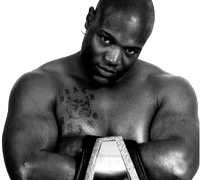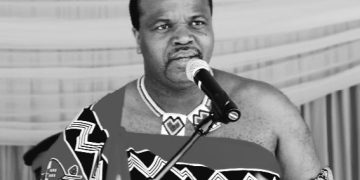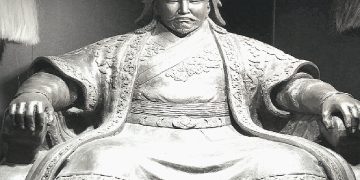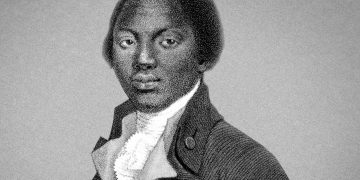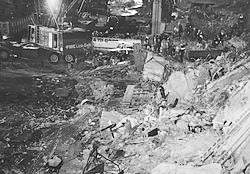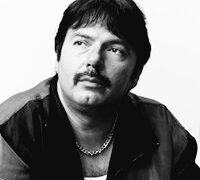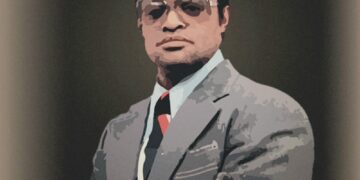At the end of World War Two the allied divided Germany into four sectors that were controlled by Britain, France, United States and Russia. Tensions between the four mounted and on 1st January 1947 Britain, France and the United States merged their zones. In May 1949 the zone was renamed the Federal Republic of Germany.
In the Russian Zone Walter Ulbricht had become leader of the German Communist Party in 1945. On 7th October 1949 the Russian Zone officially became the German Democratic Republic and Walter Ulbricht became Deputy Chairman of the Council of Ministers under the Chairman Otto Grotewohl. Despite the use of the word ‘Democratic’ in the name of the country, it was far from democratic with full loyalty being given to Stalin. In 1953 demonstrations for more freedom and democratic elections were put down by Russian tanks.
The German capital, Berlin, had been similarly divided between the allies and Russia with West Berlin becoming part of the German Federal Republic while East Berlin was part of the German Democratic Republic. In 1961 the Berlin Wall made the separation of the two partitions complete. It also stopped the defection of people from East to West Germany.
In 1970, Willy Brandt, Chancellor of West Germany negotiated an agreement with Russia settling the borders of Germany. Two years later East Germany became a member of the United nations. East Germany remained a member of the ‘Soviet Block’ until November 1989 when communism fell and the Berlin Wall was pulled down. The following year the two countries were re-unified.

